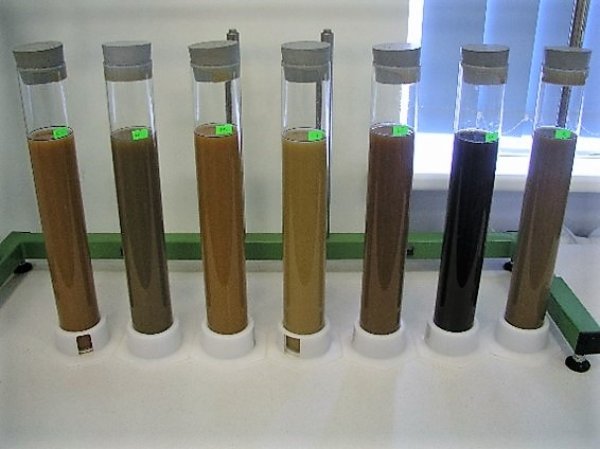
TRACE-Soils: “Mechanisms underlying TRAde-offs between Carbon sequestration, greenhouse gas Emissions and nutrient losses in Soils under conservation agriculture in Europe”.
LAMMC is represented in the programme H2020 EJP SOIL project TRACE-Soils by six researchers: D. Feizienė (project leader), V. Feiza, K. Amalevičiūtė-Volungė, I. Parašotas, M. Kochiieru, and S. Pranaitienė. Goal of the project TRACE-Soil is to identify the mechanisms underpinning trade-offs and synergies of soil carbon sequestration, greenhouse gas emissions and nutrient losses in agricultural soils across Europe and propose climate-zone specific indicators and measures to mitigate trade-offs. TRACE-Soils will identify soil abiotic and biotic predictors of trade-off magnitudes and test them in long-term experiments across a NE-SW pedoclimatic gradient in Europe.
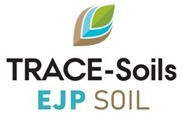 The project TRACE-Soils started on the February 1, 2021 and will last for 36 months. The project is currently compiling a database of research results from long-term field experiments on tillage and fertiliser treatments. Each of the countries participating in the project (Denmark, the Netherlands, Spain, Sweden, Switzerland, France, and Lithuania) has committed to carry out the agreed soil physical or chemical analyses according to their own capabilities. LAMMC carried out analyses of soil texture composition, pH, dissolved organic carbon (DOC) and humus quality (7 fractions). All parties fulfilled their obligations.
The project TRACE-Soils started on the February 1, 2021 and will last for 36 months. The project is currently compiling a database of research results from long-term field experiments on tillage and fertiliser treatments. Each of the countries participating in the project (Denmark, the Netherlands, Spain, Sweden, Switzerland, France, and Lithuania) has committed to carry out the agreed soil physical or chemical analyses according to their own capabilities. LAMMC carried out analyses of soil texture composition, pH, dissolved organic carbon (DOC) and humus quality (7 fractions). All parties fulfilled their obligations.
Soil analyses carried out at LAMMC laboratories revealed that soil texture within 0–10 cm depth of long-term field trials is as follows: Sweden – silty clay, Lithuania – sandy loam, France – silt loam, Switzerland – silt loam, Spain – loam, Denmark – sandy loam, and in the Netherlands – loam. In different countries, in soil 0–10 cm depth pH ranged from 4.0 to 7.6, while within 10–20 cm depth varied from 4.8 to 7.6. Significant differences in pH at soil 0–10 cm depth under different tillage systems were found in field trials in Sweden and at soil 10–20 cm depth in France. It was noticed that standard tillage application tended higher soil pH in both 0–10 and 10–20 cm depths in Sweden, France, Spain, Denmark, and the Netherlands.
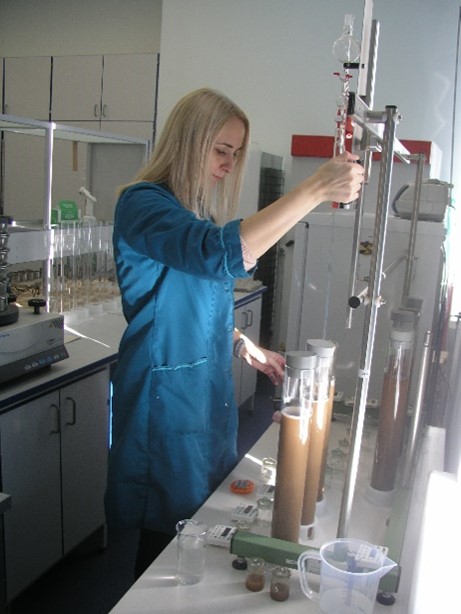
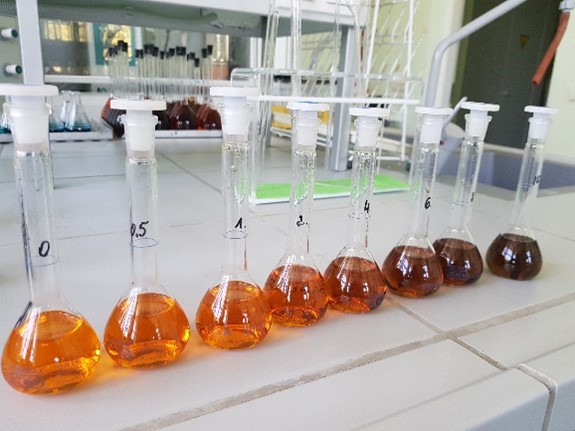
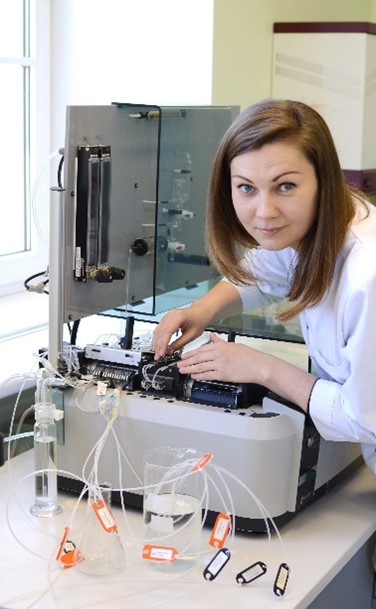
The lowest content of dissolved organic carbon (DOC) was determined under standard tillage (0–10 cm depth in Lithuania, France, Switzerland, Spain, and the Netherlands, 10–20 cm depth in France, Switzerland, Spain, and Denmark). The highest DOC content in all countries was found under no-tillage. Both reduce tillage and no-tillage has higher potential to increase humus quality and probably soil humification processes in Sweden, Switzerland, and Denmark. No-tillage revealed superiority in the Netherlands over standard tillage. Reduced tillage caused higher humus quality in Spain.
Dr. Dalia Feizienė